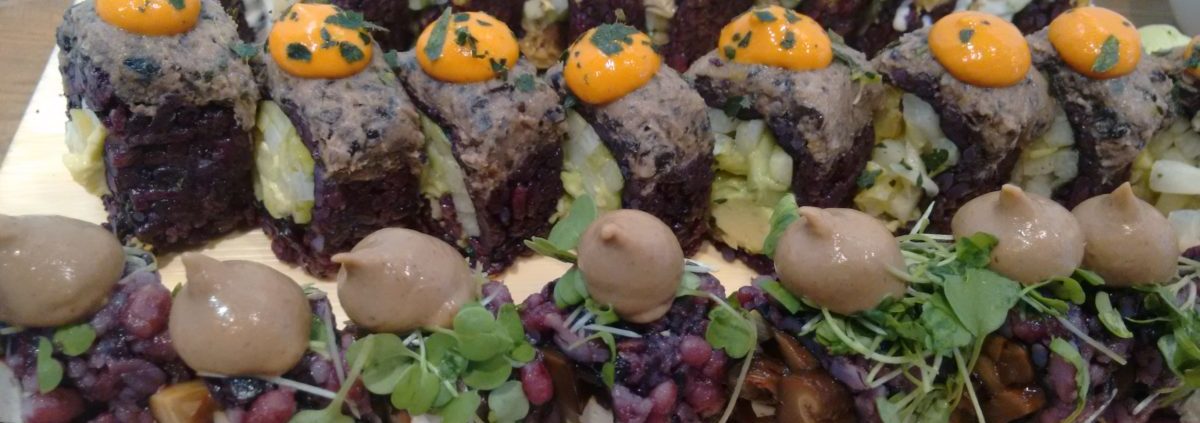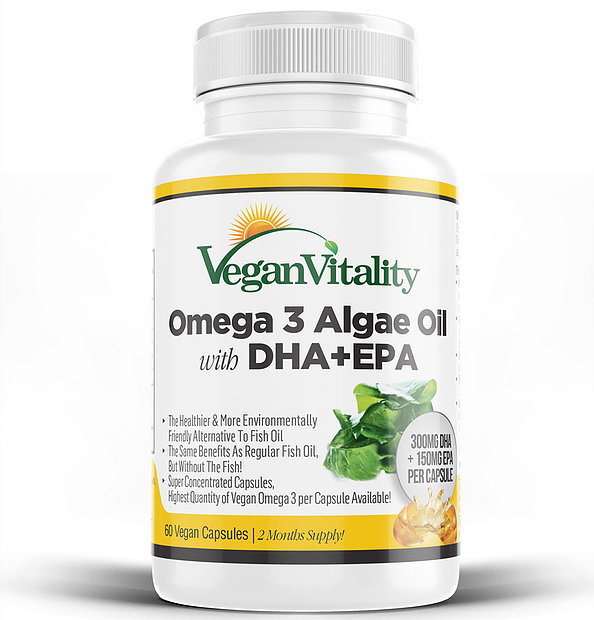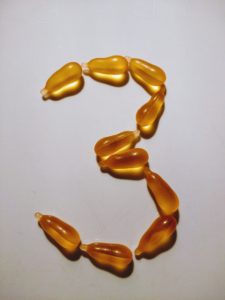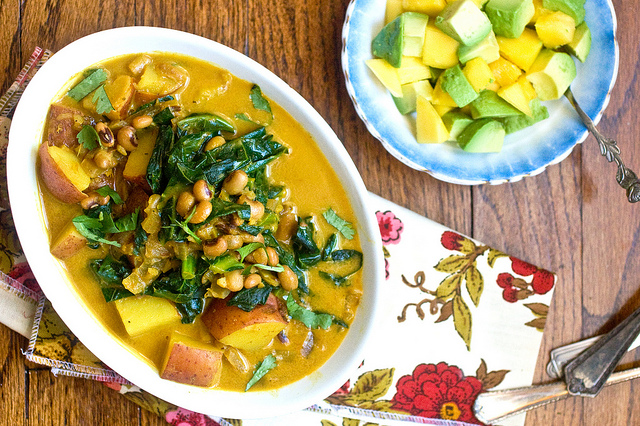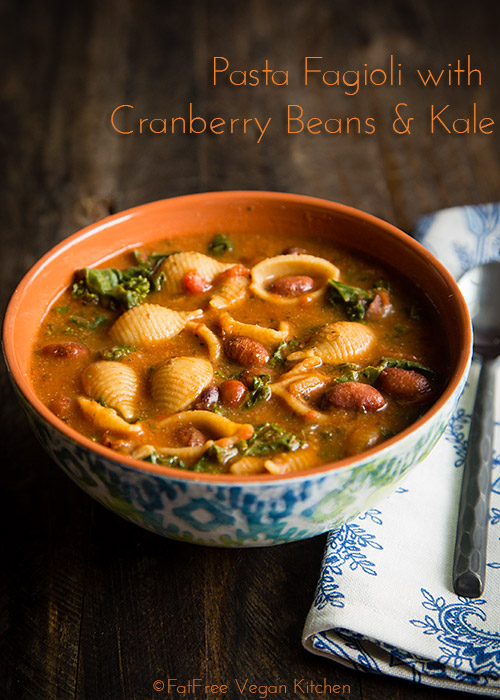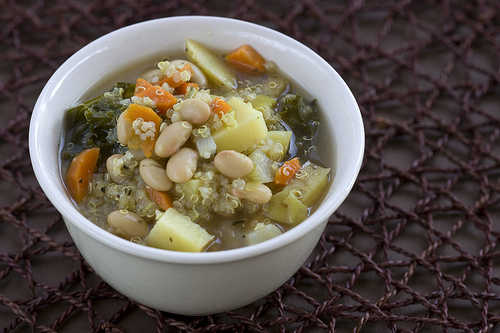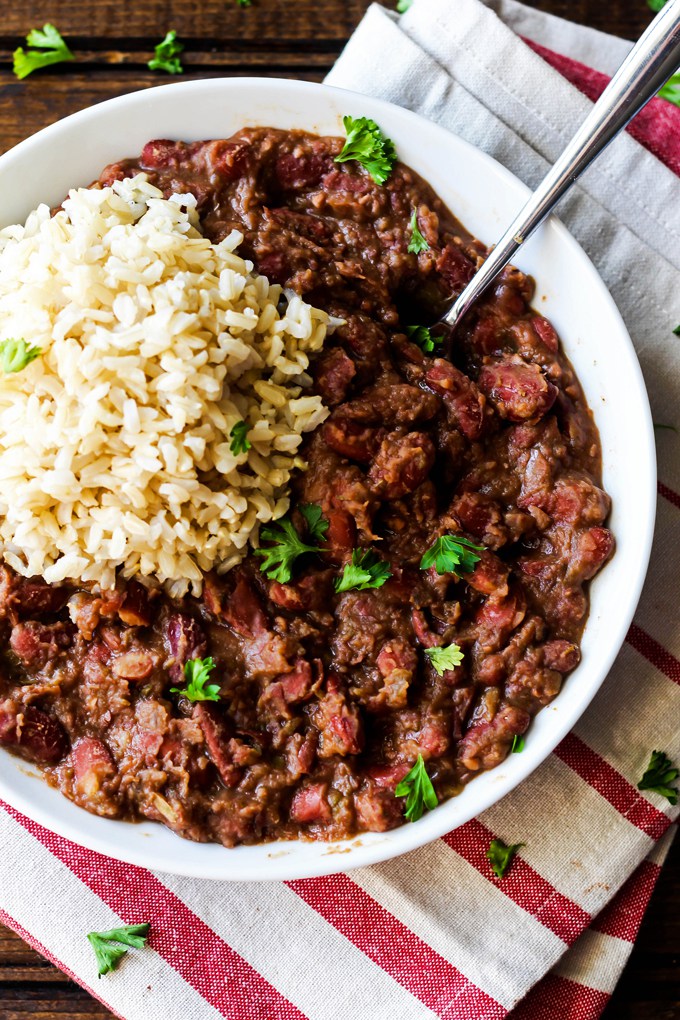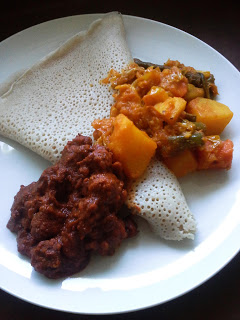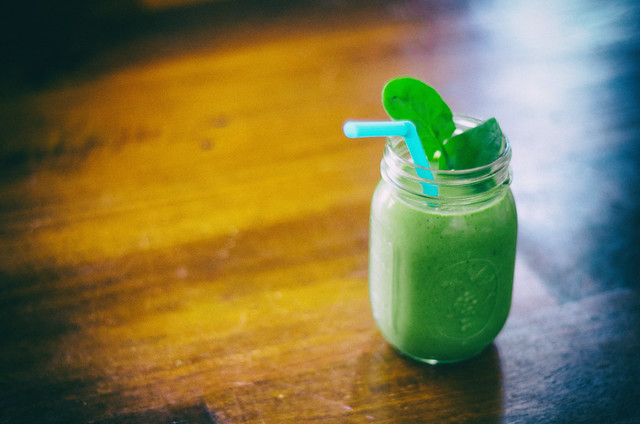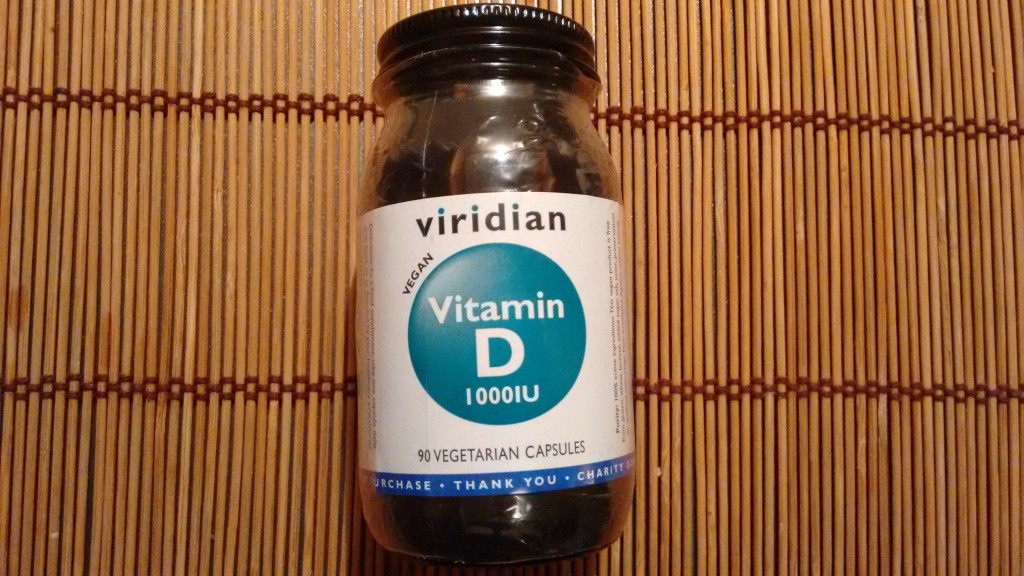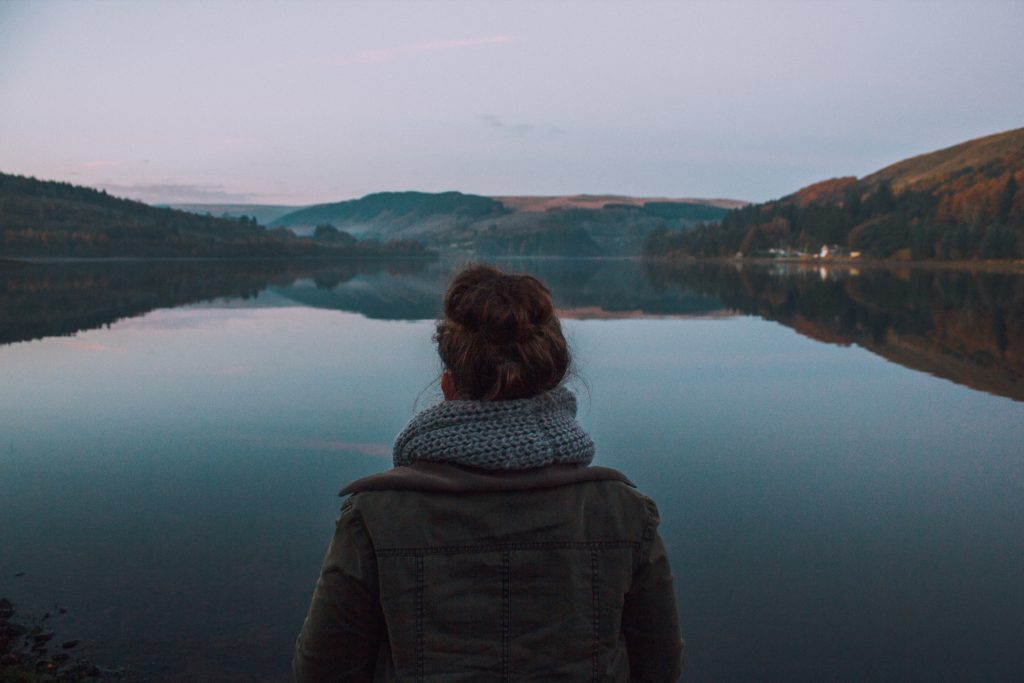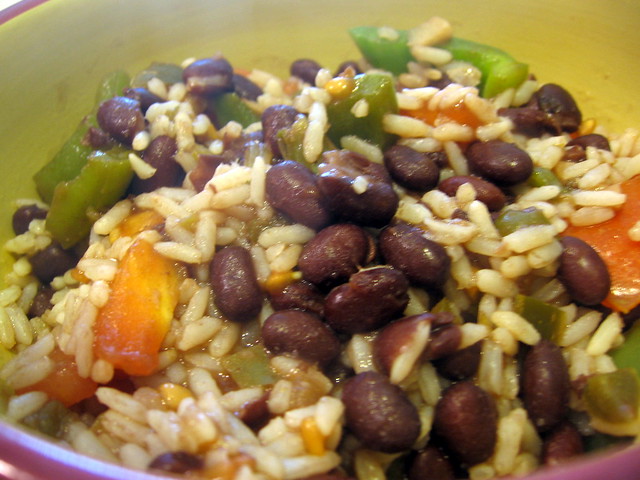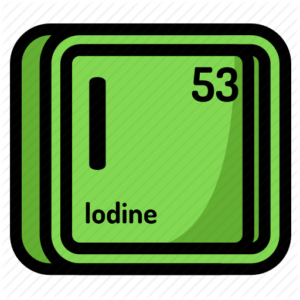
I need to preface this post by saying that if you have any health concerns at all, go to your GP. I present you my experiences in case they can be of help, but I am a nutritionist, not a doctor.
Recently, I had an iodine issue, and once I’d resolved it, I thought ‘I really should update and repost my article on iodine, so that anyone who needs to can benefit from what I just learned.’
So I searched my website and everything I’ve ever written EVER. Turns out I’ve never written a dedicated post about iodine! I couldn’t believe it. I thought I’d written about every nutrient and health issue pertaining to veganism that existed.
Yet nope.
But now I know more than I previously did about iodine, it’s probably just as well.
So I’d previously thought iodine was mainly for thyroid health, and that we should try and eat sea vegetables whenever we got the opportunity, monitor our levels, and if we needed to, take a kelp supplement occasionally (as kelp is a great source of iodine), but that it was important not to overdo the kelp, as it could pack too much of a punch.
Iodine
is in other plant food too, but the levels aren’t reliable because it
depends how much iodine was in the soil the plants were grown in – and
we know our soil is pretty depleted of nutrients these days.
Thus, vegans are definitely at risk for iodine deficiency, in fact this study shows that they can be quite worryingly so. Do not mistake this to mean it’s better to eat animal products, because it’s not, for a multitude of reasons.
Anyway, I followed my own advice faithfully, and took kelp supplements occasionally, or whenever I became aware that I wasn’t really eating much seaweed.
Until I didn’t. Until I ran out of kelp supplements and firstly forgot to buy more, then kept putting it off for no reason other than I thought it wasn’t a priority. I probably went for a good three months without taking any – and to be honest, I hadn’t been that great at taking them on a regular basis even when I had some. I felt fine and didn’t think it was a priority.
Then I started getting the following symptoms (to any men reading this – don’t stop, this post will apply to you too very shortly!); breast tenderness throughout the whole cycle as opposed to just before a period, and a dry skin rash near my temple which was…well…weird.
Now it’s true that you can have weird cycle things happen as you get older, but I felt like these symptoms were specific, and could not be explained away that glibly. So I did my research like a good little health freak, and eventually I had the thought ‘ah, iodine, I wonder if that could have had an impact?’
It turns out it had more of an impact than I could have known with my previous knowledge.
Obviously there’s a whole juicy scientific explanation but in a nutshell, iodine has a really huge influence on our estrogen levels. If you are prone to estrogen dominance as many people are (I am, it’s in the genes), then an iodine deficiency will mean estrogen can get out of control. So despite the fact that I was doing everything to keep my levels balanced (including flax in my daily diet, exercising, eating whole, plant foods etc), I was still getting those symptoms of estrogen dominance.
I quickly bought some kelp supplements and started taking them. Within a few weeks, everything was back to normal, and the dry skin weirdness vanished almost immediately. I wish I’d discovered this earlier, but it took the breast and skin thing to make me take notice.
Further reading revealed that iodine is super important for fertility in both women AND men. I’m definitely not trying to get pregnant but you might be. Men – you need adequate iodine levels for optimal semen quality.
An iodine deficiency can also be responsible for irregular or anovulatory periods, fibroids and fibrocystic breasts.
The other thing is that conventional doctors, and even the plant-based doctors, will tell you you need a very small amount of iodine daily – 130-150mcg, and that to take any more is excessive.
However, people that specialise in reproductive health say that larger amounts can be needed. It is believed that people can take up to 1100 mcg daily safely.
There is also so much that even doctors don’t yet understand about the way iodine works in our body, and even prestigious vegan websites aren’t giving clear information. For example, The Vegan Society website gives some facts on iodine, and their advice is ‘every vegan needs a reliable source of iodine in their diet’ and ‘in the UK, the recommended daily iodine intake is 140mcg.’ What is that saying? Take a supplement? Don’t take one?
What am I saying?
I’m not saying everybody should rush out and buy a shit-ton of kelp.
I’m saying that I’ve discovered that iodine is more key to basic health, especially reproductive health in both men and women than I’d previously been taught.
I’m saying know your body. If you get any symptoms like the ones I was experiencing, go to the doctors and get a blood test to check your iodine levels. Those symptoms could have other causes, but then you’d want to go to the doctors in any case, and it does no harm to get a blood test while you’re there. If your iodine levels are low, supplement. Start by taking the recommended daily amount, and have another test after a few weeks to see if your levels have improved.
If you have a thyroid issue, you WILL need to take extra care supplementing with iodine so definitely inform your doctor and get their opinion first.
I’ve learned that sometimes the available information about some nutrients just isn’t set in stone, even amongst medical people. Even amongst eminent plant-based medical people. Sometimes we have to be the CEO of our own health, know our bodies, and research all we can. Iodine is one of those nutrients where it’s worth doing this.
